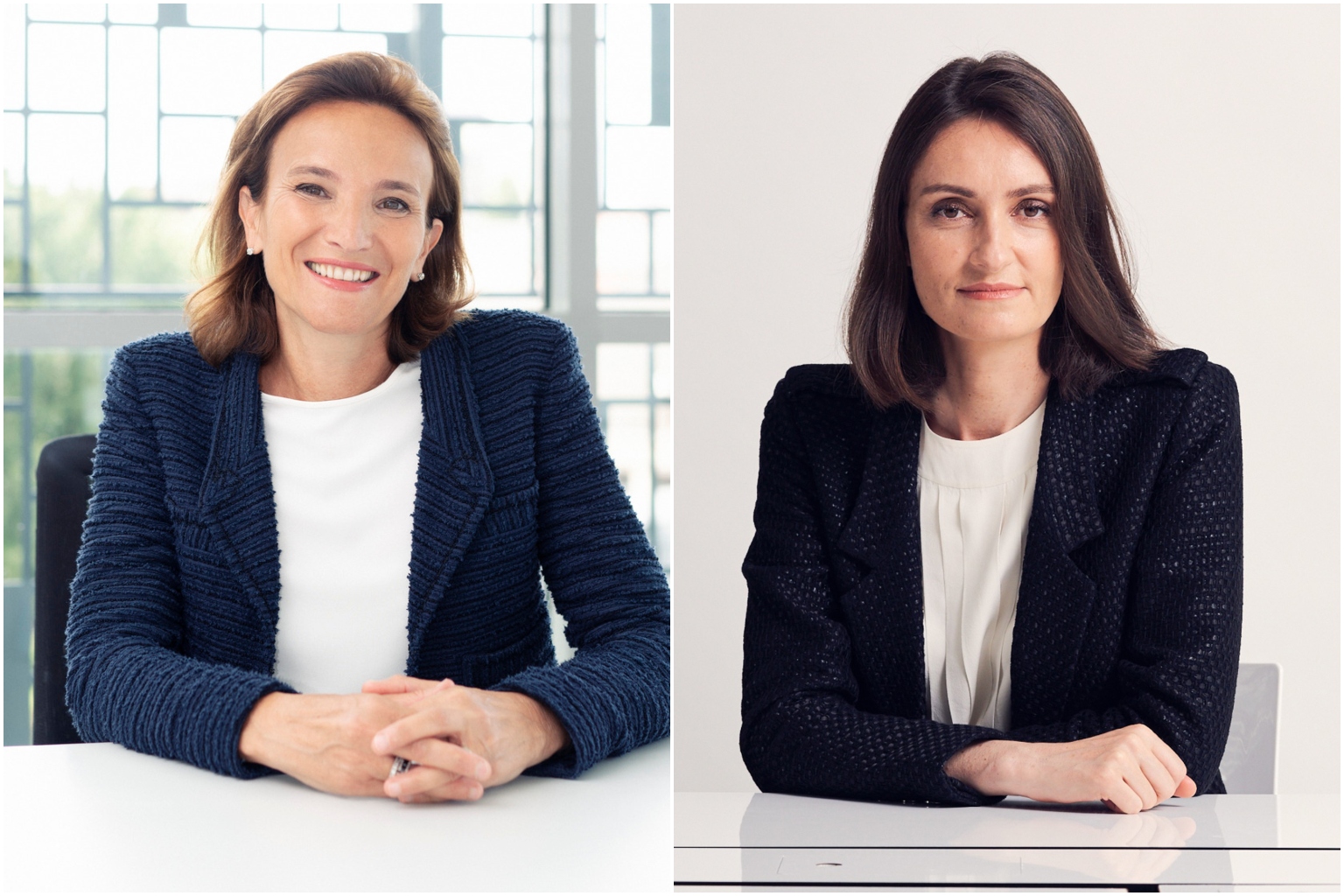Anti-ageing beauty products are a hot commodity in the quest to live forever young. They promise preservation and one-up each other.
Chanel believes it has cracked the code to antiaging skin science.
This week, Chanel’s new beauty line No.1 de Chanel was launched by the French luxury house. Spotlighting the red camellia flower, it is Chanel’s first beauty line that cohesively integrates skincare, make-up and a fragrance mist.
Red camellia extract is the active ingredient that binds nine products together, ranging in range from a hybrid lip and cheek product to eye cream.
It is “a holistic approach to beauty” tailored for today’s urban woman, Chanel’s international scientific communication director, Dr Armelle Souraud, tells The Straits Times in an exclusive teleconferencing interview.
Dr Nathalie Volpe, international innovation, research and development director, says in the same interview: “What we wanted to do is create a new ritual to support the daily life of a woman. This line is imagined for the woman who has a very active lifestyle in the city.”
The products were created around the “five main concerns women have with age – wrinkles, pore visibility, loss of elasticity, discomfort and lack of radiance”, she adds.
(Read also “The Anti-Ageing Skincare Loved By Celebrities That You Need To Know About“)
They also target the early stages and prevention of skin ageing, which is what many anti-ageing products fail to address.
The key apparently is understanding senescence – the process of biological ageing, in which a cell ages and permanently stops dividing, but does not die. These cells can make up half of the skin cells and cause visible signs of aging by disrupting the functioning of active cells.
Chanel found that red camellia extract effectively delayed the first – when cells start to slow down – improving cellular vitality and enabling cells to stay healthy for longer, says Dr Volpe.
A result of research beginning in 2012, the discovery is “highly promising”, adds Dr Souraud.
“We are capitalising on this new scientific territory because it will give us the opportunity in the future to continue developing new anti-ageing active ingredients.”
An emblem of the house, the camellia was French founder Gabrielle Chanel’s favourite flower. Apart from appearing as a motif across the label’s bags, clothing, jewellery and shoes, it reportedly has moisturising properties in skincare.
In fact, Chanel’s open-sky laboratory in Gaujacq in southern France has piloted a large-scale project on the camellia for its beauty products. Jean Thoby is an international camellia expert and the luxury house is currently researching over 2000 varieties of camellia that he has cultivated in his botanical conservatory.
The four star ingredients in Chanel No.1 are red camellia extract (said improve cellular vitality), redcamellia oil (to preserve skin moisture), camellia water for freshness, and camellia yeast extract (to protect skin barrier).
“Nature is an amazing source of inspiration. In one plant, you have a lot of things to study – the leaves, roots, petals,” says Dr Volpe.
Sustainability and the future beauty industry
This line represents a major step forward for Chanel in sustainability.
The formulas are made up of 97% ingredients of natural origin. Raw materials that “respect the environment” are sustainably sourced, taking into consideration their “impact, renewability and origins”, says Dr Volpe.
You can also use different parts of the flower to prevent waste.
The packaging is what stands out the most. The packaging is striking because it has a new, simplified design.
Since 2017, sustainability in product design has been a priority at Chanel. In 2017, Sulapac, a Finnish packaging materials company, made an investment in the company. The new line, says Dr Souraud, “goes further in sustainable innovation” without compromising on Chanel’s luxury skincare experience.
All cellophane was removed, inks on packaging lids were swopped for engraving and paper leaflets detailing the product’s ingredients were replaced with QR codes on the boxes.
The Revitalizing cream is a standout product, and it comes in a refillable glass jar. Its cap is 90 percent bio-sourced material from renewable resources.
Chanel plans on expanding this approach and packaging across its ranges.
The future of beauty, Dr Souraud and Dr Volpe stress, should address the needs of women living in an increasingly urbanised world, where more are exposed to pollution, stress and lack of sleep – and have less time for themselves.

The pandemic has also highlighted the need to make self care rituals an experience.
Dr Volpe says: “There is an acceleration of (the desire to) ‘take care of me because I need time for me, and to slow down in certain ways in my life’.”
Today’s beauty consumers, she adds, are focused on prevention and demand scientific diagnoses to evaluate their skin and detect specific concerns to act on them as soon as possible.
She says: “Beauty for the future is a balance between health and beauty; a positive mindset creates a big impact on you feeling beautiful.”
The top 4 products in the line to try:
Source: Her World

